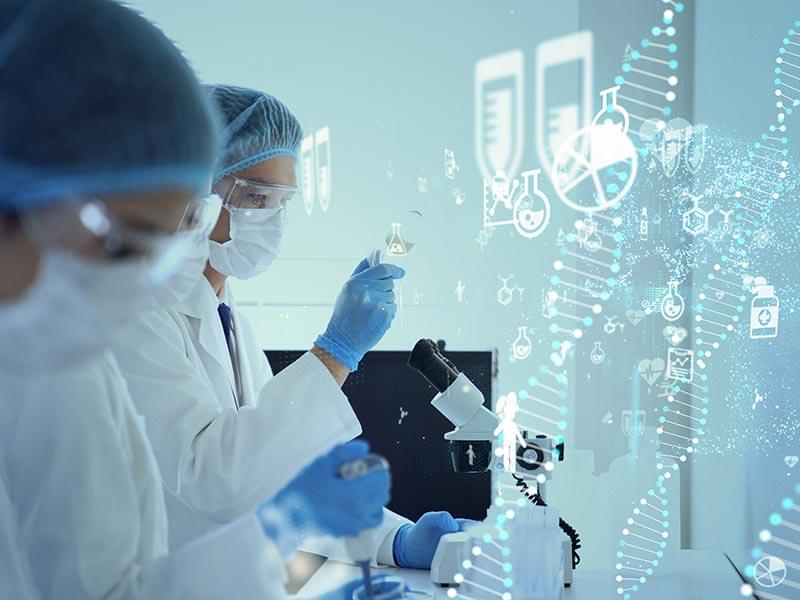
Q&A: Extractables and Leachables studies for Single-Use Systems in Gene and Cell Therapy with Smithers expert Paul Cummings

The Bio-Process Systems Alliance (BPSA) just released a new whitepaper titled "Extractables/Leachables Considerations for Cell & Gene Therapy Drug Production Development." This technical guide was developed as part of the industry’s ongoing dedication to improvements in polymer-based single-use bio-processing systems.
Download the whitepaper >
The subject matter expert committee that developed the whitepaper included Smithers expert Paul Cummings. Read this interview with Paul for a brief overview of extractables and leachables (E&L) for single-use systems used in cell and gene therapy treatment programs.
What is cell and gene therapy?
In simple terms, cell and gene therapies are targeted therapies and treatments based on the genetic code of the patient or host. Specific cells are taken from the host, cultured in a lab, and turned into customized therapy. This level of personalization is going to become more common in the coming years. It is the future of medicine.
Why are extractables and leachables (E&L) assessments important when it comes to cell and gene therapy?
Cell and gene therapy treatments are primarily delivered via single-use systems, which have come into significant usage over the last few years. Single-use systems are comprised of many different components, including bags, tubing, filters, pumps, and more. In a single-use system, these components are used once and then disposed of, but they all need to be qualified under an E&L program in order to meet FDA guidelines.
The role of our team in the creation of this whitepaper was to develop recommendations for how to handle E&L studies for components that are specifically used with cell and gene therapies. I manage Smithers’ analytical services laboratory in Akron, Ohio, and my team conducts E&L studies for single-use systems and other medical components on a regular basis. It was an honor to share what we’ve learned with the industry as a whole.
How will this whitepaper benefit the cell and gene therapy industry?
My hope is that this whitepaper will streamline the road to market for companies that develop cell and gene therapies and help them get these powerful therapies to market by meeting FDA requirements. These companies may not be familiar with E&L studies. This whitepaper will help them understand what to expect when it comes to regulatory requirements and develop a study program that will assist them in achieving approval from regulatory bodies when they submit their packages.
How can Smithers help these companies achieve regulatory approval?
Every E&L study is unique. My team can help these companies design an E&L study tailored to their specific needs. We have worked with a wide variety of therapeutic products, so we have a lot of experience with the E&L study requirements that regulatory agencies have for different products. When a company works with us, we can help them make sure they have the exact E&L data the regulatory agency is looking for.
What has been the best part of this process?
This whitepaper is going to be an incredibly useful resource as this new area of therapeutics grows. It feels great to have been a part of that. The best part of the job is knowing that, even in an indirect way, you are helping people get better, feel better, and live better lives. At the end of the day, I always feel good about that.